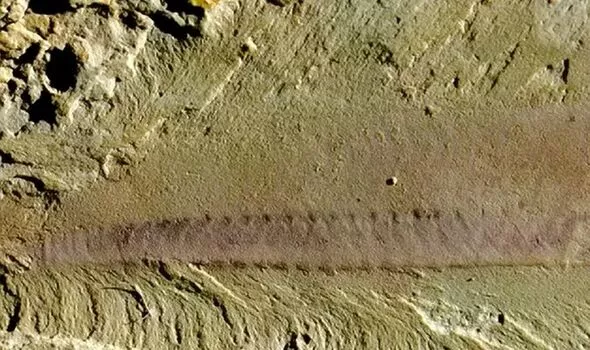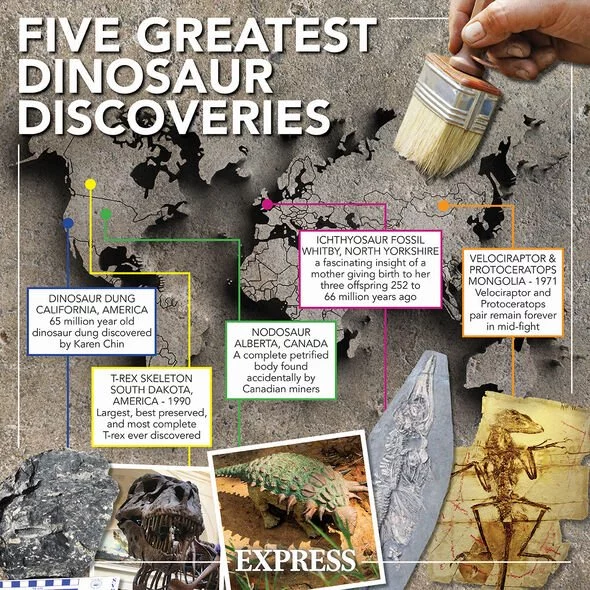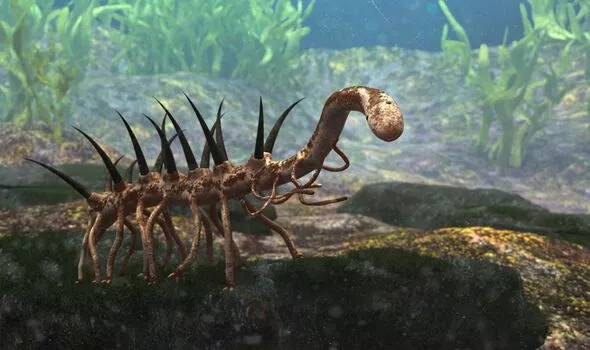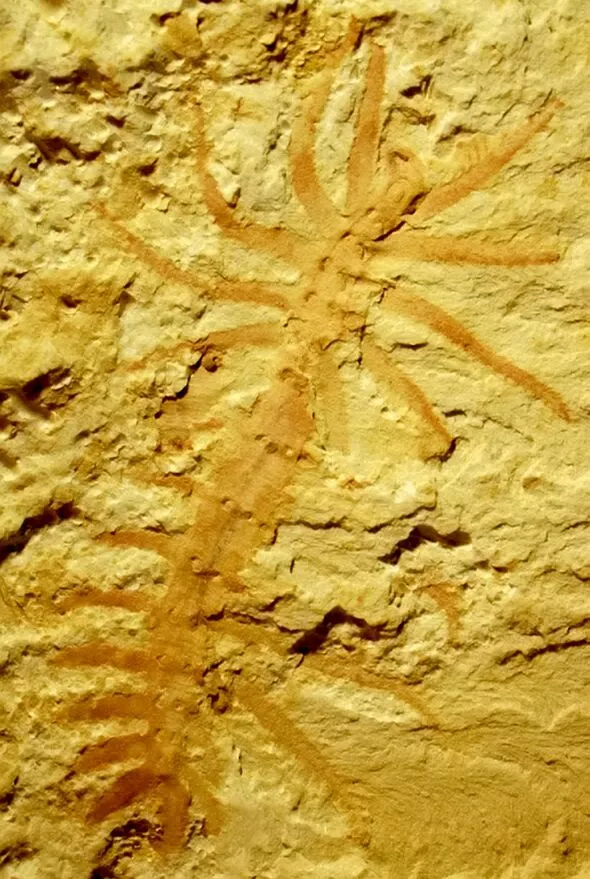Archaeology breakthrough as experts retrace human roots with 518 million year-old rocks
The new study is based on an analysis of 518 million-year-old rocks that contain the oldest collection of fossils that researchers have on record.
The researchers believe that Chengjian, a city in the mountainous Yunnan Province of China, is the origin of many of today’s species, including humans. This site is where complex organisms first developed, an event known as the ‘Cambrian Explosion’, a major time period in the history of the Earth.
The Cambrian explosion is the 13-25 million year-long period where all major animal species began to develop. The collection of fossils includes 250 different lifeforms that range from the first worms to primitive arthropods which led to shrimps, insects, spiders and scorpions.
The researchers, who published their findings in Nature Communications, have also discovered some of the earliest vertebrates, including the ancestors of modern fish, amphibians, reptiles, birds and mammals. Senior author Dr Xiaoya Ma, of Exeter University, said: “The Cambrian Explosion is now universally accepted as a genuine rapid evolutionary event.
“But the causal factors have been long debated – with hypotheses on environmental, genetic or ecological triggers.”


At the time, the area was a vast wetland feeding the mouth of a river – ideal for organisms to thrive.
Dr Ma said: “The discovery of a deltaic environment shed new light on understanding the possible causal factors for the flourishing of these Cambrian bilaterian animal-dominated marine communities and their exceptional soft-tissue preservation.
“The unstable environmental stressors might also contribute to the adaptive radiation of these early animals.”

Only true animals are ‘bilaterian’ – with both a front and back, two symmetrical sides and openings at either end connected by a gut.
An analysis of ancient sediment samples identified evidence of marine currents. The area was a shallow, nutrient-rich delta affected by storm-floods – shedding fresh light on evolution.
Co-lead author Dr Farid Saleh, of Yunnan University, said: “We can see from the association of numerous sedimentary flows the environment hosting the Chengjiang Biota was complex.

“It was certainly shallower than what has been previously suggested in the literature for similar animal communities.”
The era was a key period when the diversity of life began to resemble that of today. Most organisms were simple until then – composed of individual cells occasionally assembled into colonies.
Co-lead author Dr Changshi Qi, also from Yunnan, said: “Our research shows that the Chengjiang Biota mainly lived in a well-oxygenated shallow-water deltaic environment.

“Storm floods transported these organisms down to the adjacent deep oxygen-deficient settings, leading to the exceptional preservation we see today.”
The study also confirms a long-held theory that a large spike in oxygen triggered the burst.
Co-author Professor Luis Buatois, of Saskatchewan University in Canada, said: “The Chengjiang Biota – as is the case of similar faunas described elsewhere – is preserved in fine-grained deposits.
“Our understanding of how these muddy sediments were deposited has changed dramatically during the last 15 years.
“Application of this recently acquired knowledge to the study of fossiliferous deposits of exceptional preservation will change dramatically our understanding of how and where these sediments accumulated.”





